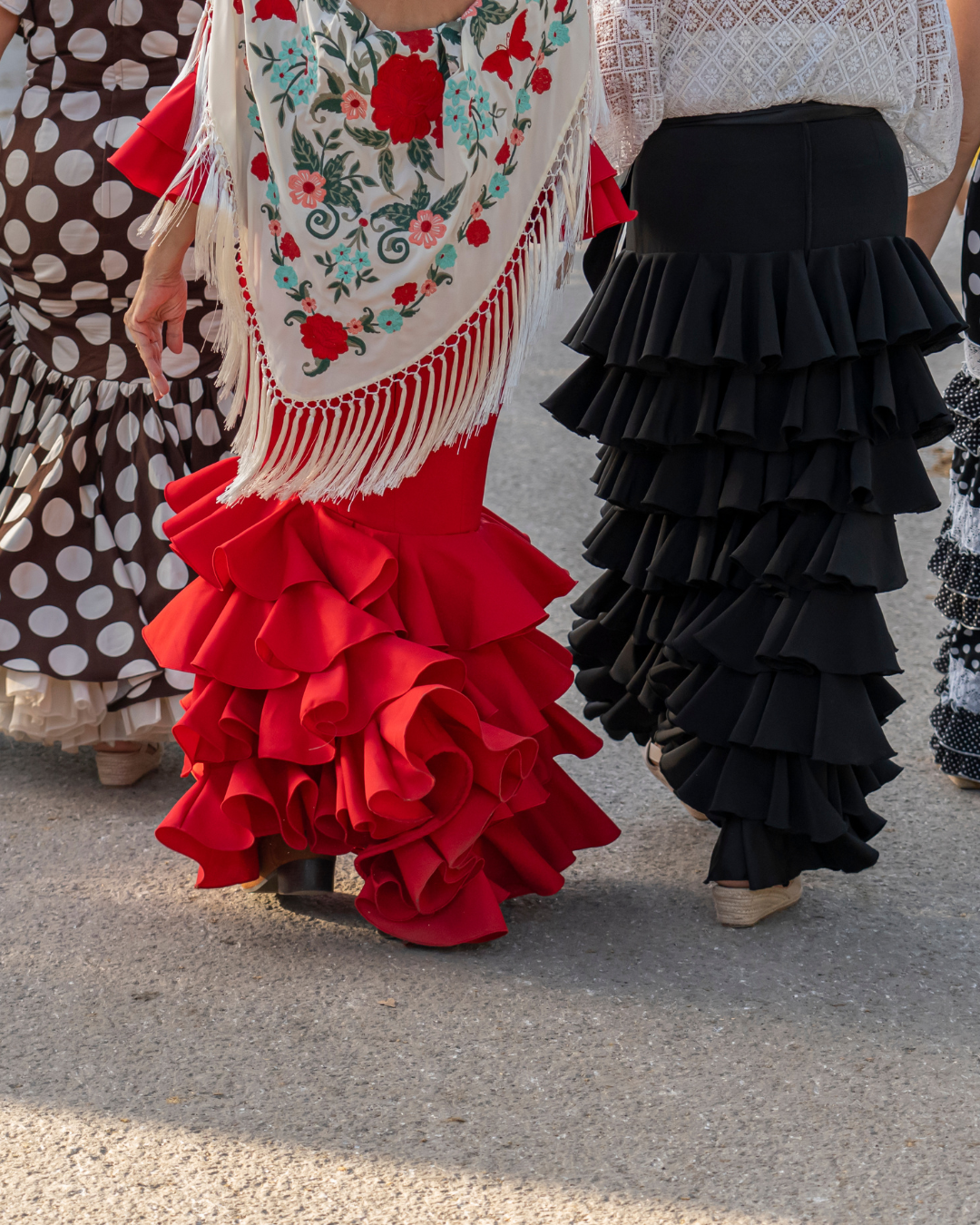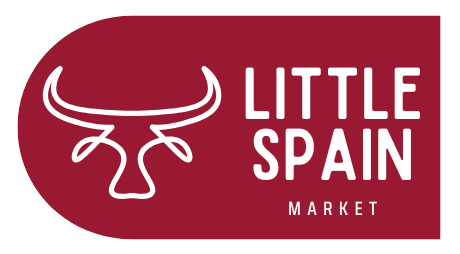
Sevillanas: Beyond Flamenco
Share
The Sevillanas are one of Spain’s most vibrant and recognizable traditional dances, often associated with flamenco but with a distinct identity of their own. Originating in Seville and the region of Andalusia, Sevillanas are performed at fairs, religious pilgrimages, and celebrations, making them an essential part of Spanish cultural heritage.
In this blog, we explore the history, structure, and cultural significance of the Sevillanas, and where you can experience this captivating dance.
The Origins of Sevillanas
The Sevillanas trace their roots back to the Castilian seguidillas, a folk dance from the 15th and 16th centuries. Over time, Andalusian influences transformed them into the lively, rhythmic dance that is celebrated today.
Though often linked to flamenco, Sevillanas have a more structured choreography and a lighter, festive tone, making them accessible to dancers of all levels.
Characteristics of Sevillanas
1. Structure and Choreography
-
Sevillanas are divided into four coplas (verses), each with distinct movements.
-
Danced in pairs, with intricate hand movements, graceful turns, and footwork.
-
Performed in ferias (festivals), romerías (pilgrimages), and social gatherings.
2. Music and Instruments
-
Typically accompanied by guitar, castanets, clapping (palmas), and sometimes tambourines.
-
Songs have romantic, historical, or humorous themes.
-
The rhythm is structured in 3/4 time, making it both melodic and danceable.
3. Traditional Costumes
-
Women wear colorful, ruffled flamenco dresses (trajes de flamenca) with elegant shawls and flowers in their hair.
-
Men often wear traditional short jackets (chaquetilla), high-waisted trousers, and wide-brimmed hats (sombrero cordobés).
Where to Experience Sevillanas
1. Seville: The Heart of Sevillanas
-
Feria de Abril (April Fair) – The most famous Sevillanas celebration, with thousands of dancers and live music.
-
Romería del Rocío – A religious pilgrimage featuring Sevillanas dancing as part of the festivities.
2. Andalusia: Regional Celebrations
-
Feria de Málaga – One of Spain’s biggest fairs, featuring Sevillanas performances in casetas (festival tents).
-
Jerez Flamenco Festival – A mix of flamenco and Sevillanas showcases.
3. Madrid and Beyond
-
Feria de San Isidro (Madrid) – A major fair where Sevillanas are performed outside of Andalusia.
-
Sevillanas dance schools and flamenco tablaos across Spain offer performances and lessons.
Sevillanas Today: A Living Tradition
Despite their deep roots in tradition, Sevillanas continue to evolve:
-
Modern influences have led to fusion styles, incorporating elements of pop and other musical genres.
-
Sevillanas are taught worldwide, making them an accessible entry into Spanish dance culture.
-
Dance competitions and festivals ensure that younger generations keep the tradition alive.
